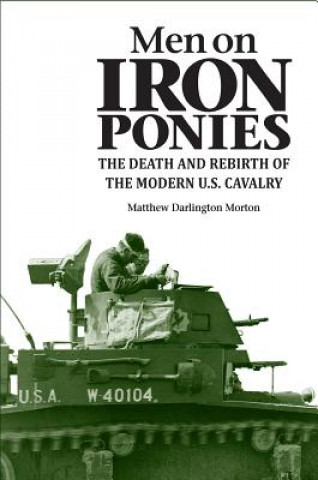
Kód: 04750191
Men on Iron Ponies
Autor Matthew Darlington Morton
At the end of World War I, the United States Army - despite its recent experience with trenches, machine guns, barbed wire, airplanes, and even tanks - maintained a horse-mounted cavalry from a bygone era. From the end of World Wa ... celý popis
- Jazyk:
 Angličtina
Angličtina - Väzba: Pevná
- Počet strán: 300
Nakladateľ: Cornell University Press, 2009
- Viac informácií o knihe

34.21 €
Bežne: 34.24 €
Ušetríte 0.03 €

Skladom u dodávateľa
Odosielame za 14 - 18 dní
Mohlo by sa vám tiež páčiť
-
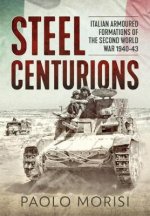
Steel Centurions
42.46 € -13 % -
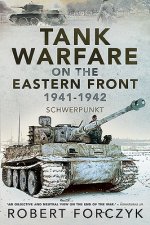
Tank Warfare on the Eastern Front, 1941-1942
16.29 € -23 % -
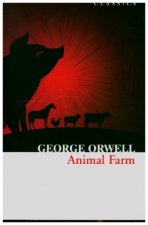
Animal Farm
3.21 € -12 %
Darčekový poukaz: Radosť zaručená
- Darujte poukaz v ľubovoľnej hodnote, a my sa postaráme o zvyšok.
- Poukaz sa vzťahuje na všetky produkty v našej ponuke.
- Elektronický poukaz si vytlačíte z e-mailu a môžete ho ihneď darovať.
- Platnosť poukazu je 12 mesiacov od dátumu vystavenia.
Viac informácií o knihe Men on Iron Ponies
Nákupom získate 86 bodov
 Anotácia knihy
Anotácia knihy
At the end of World War I, the United States Army - despite its recent experience with trenches, machine guns, barbed wire, airplanes, and even tanks - maintained a horse-mounted cavalry from a bygone era. From the end of World War I until well into World War II, senior leaders remained convinced that traditional cavalry units were useful in reconnaissance, and horses retained a leading role. Months into World War II, the true believers in the utility of the horses had their hopes shattered as the last horse cavalry units either dismounted to fight as infantry or traded their oat-eating horses for gasoline-guzzling 'iron ponies.' The horse belonged to the past, and the armored truck was the way of the future. Morton has examined myriad official records, personal papers, doctrine, and professional discourse from an era of intense debate about the future of the U.S. Cavalry. He has captured the emotion of the conflict that ultimately tore the branch apart by examining the views of famous men such as George S. Patton, Jr., Lesley J. McNair, George C. Marshall, and Adna R. Chaffee, Jr. More importantly, Morton brings new light to lesser known figures - John K. Herr, I. D. White, Lucian K. Truscott, Willis D. Crittenberger, Charles L. Scott, and William S. Biddle - who played equally important roles in shaping the future of the U.S. Cavalry and in determining what function it would play during World War II. At the heart of the book are the myriad questions about how to equip, train, and organize for a possible future war, all the while having to retain some flexibility to deal with the war as it actually happens. Morton goes beyond the explanation of what occurred between the world wars by showing how the debate about the nature of the next war impacted the organization and doctrine the reformed U.S. Cavalry would employ on the battlefields of North Africa, Italy, the beaches of Normandy, and through the fighting in the Ardennes to the linkup with Soviet forces in the heart of Germany. Leaders then, as now, confronted tough questions. What would the nature of the next war be? What kind of doctrine would lend itself to future battlefields? What kind of organization would best fulfill doctrinal objectives, once established, and what kind of equipment should that organization have? The same challenges face Army leaders today as they contemplate the nature of the next war. Morton analyzes the people and personalities involved in the U.S. Cavalry's conversion from horses to machines.
 Parametre knihy
Parametre knihy
Zaradenie knihy Knihy po anglicky Humanities History Regional & national history
34.21 €
- Celý názov: Men on Iron Ponies
- Autor: Matthew Darlington Morton
- Jazyk:
 Angličtina
Angličtina - Väzba: Pevná
- Počet strán: 300
- EAN: 9780875803975
- ISBN: 0875803970
- ID: 04750191
- Nakladateľ: Cornell University Press
- Hmotnosť: 28 g
- Rozmery: 229 × 152 × 25 mm
- Dátum vydania: 04. May 2009
Obľúbené z iného súdka
-

Hundred Years' War on Palestine
12.57 € -20 % -

Ethnic Cleansing of Palestine
13.37 € -19 % -

History of Japan
16.90 € -15 % -

Ten Myths About Israel
12.17 € -14 % -

Strange Death of Europe
15.29 € -20 % -

Decline and Fall of the Roman Empire
6.03 € -18 % -
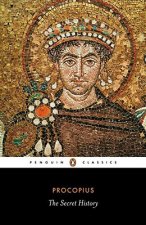
Secret History
13.58 € -21 % -

God's Playground A History of Poland
67.62 € -
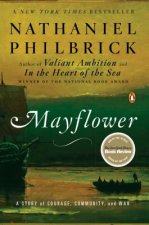
Mayflower
15.49 € -23 % -
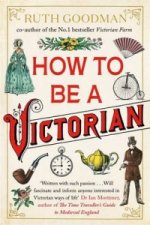
How to be a Victorian
13.78 € -12 % -

Plantagenets
14.18 € -23 % -

General's Son
20.42 € -3 % -
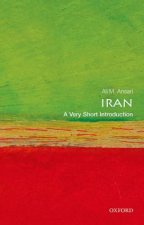
Iran: A Very Short Introduction
9.95 € -23 % -
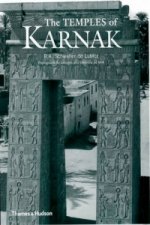
Temples of Karnak
151.05 € -

Cuneiform
10.96 € -23 % -

Twenty Years A-Growing
9.95 € -23 % -

China in Africa
37.33 € -
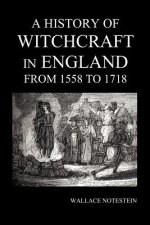
History of Witchcraft in England from 1558 to 1718
19.01 € -
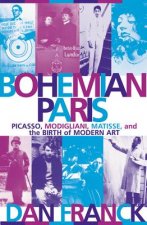
Bohemian Paris
16.70 € -17 % -
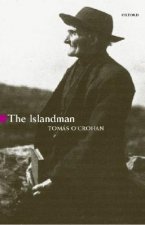
Islandman
11.26 € -13 % -

Lancaster And York
22.53 € -
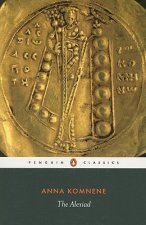
Alexiad
17.50 € -20 % -
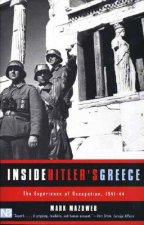
Inside Hitler's Greece
20.62 € -19 % -

Modern France: A Very Short Introduction
11.97 € -15 % -

Diana: Her True Story - In Her Own Words
11.46 € -19 % -
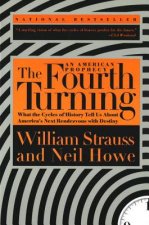
The Fourth Turning
19.51 € -7 % -
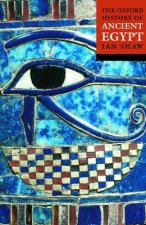
The Oxford History of Ancient Egypt
15.29 € -23 % -
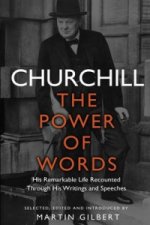
Churchill: The Power of Words
15.29 € -20 % -
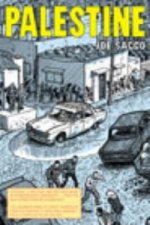
Palestine
20.22 € -18 % -

Korean History in Maps
27.87 € -14 % -
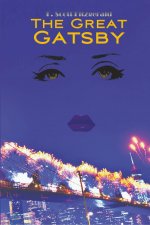
Great Gatsby (Wisehouse Classics Edition)
16.09 € -36 % -
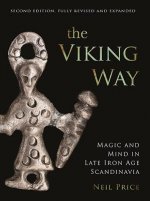
Viking Way
45.48 € -7 % -
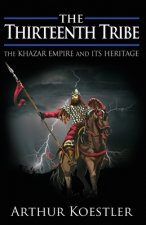
The Thirteenth Tribe
12.37 € -

My Promised Land
18.41 € -

Vanished Kingdoms
19.11 € -20 % -
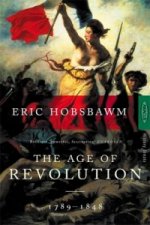
Age Of Revolution
16.29 € -23 % -

Life and Death of Anne Boleyn
23.24 € -3 % -

Coming of the Third Reich
18.41 € -23 % -
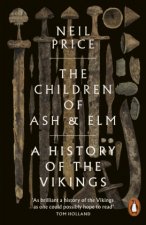
Children of Ash and Elm
18.41 € -23 % -

Europe Between the Oceans
34.11 € -5 % -
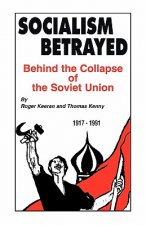
Socialism Betrayed
20.22 € -14 % -
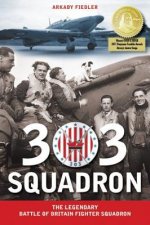
303 Squadron
18.41 € -23 % -

Ancient Celts, Second Edition
27.66 € -15 % -
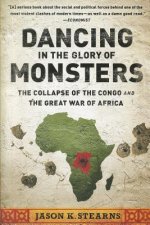
Dancing in the Glory of Monsters
15.79 € -21 % -

Battle of Britain: Luftwaffe Blitz (Images of War)
25.45 € -1 % -
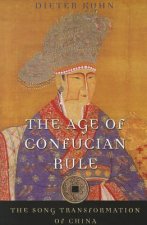
Age of Confucian Rule
35.41 € -
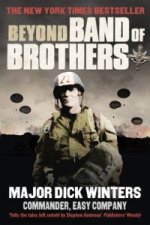
Beyond Band of Brothers
16.29 € -23 % -

Benjamin Franklin
18.71 € -11 % -

On China
17.20 € -20 %
Osobný odber Bratislava a 2642 dalších
Copyright ©2008-24 najlacnejsie-knihy.sk Všetky práva vyhradenéSúkromieCookies


 21 miliónov titulov
21 miliónov titulov Vrátenie do mesiaca
Vrátenie do mesiaca 02/210 210 99 (8-15.30h)
02/210 210 99 (8-15.30h)